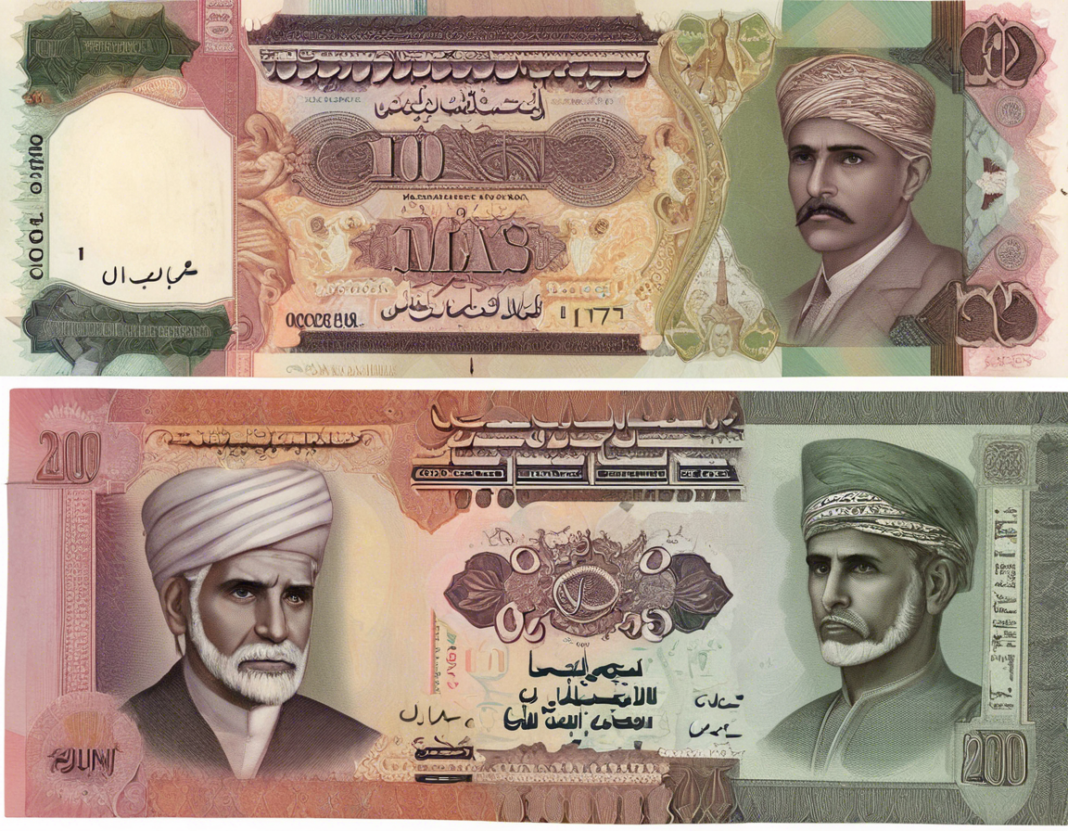The exchange rate between the Omani Rial (OMR) and the Indian Rupee (INR) is an important indicator for individuals and businesses engaged in trade and investment between Oman and India. Both countries have strong economic ties, with India being one of Oman’s largest trading partners. Understanding the factors influencing the Omani Rial to Indian Rupee exchange rate can help predict currency movements and make informed decisions regarding financial transactions. In this article, we will delve into the dynamics affecting this exchange rate, historical trends, and practical implications for businesses and individuals.
Factors influencing the Omani Rial to Indian Rupee exchange rate
The exchange rate between two currencies is determined by a multitude of factors, including but not limited to:
1. Economic Indicators
-
Interest Rates: Discrepancies in interest rates between the two countries can influence capital flows and impact exchange rates.
-
Inflation: Variances in inflation rates can affect the purchasing power of currencies, leading to changes in exchange rates.
-
GDP Growth: Strong economic growth in either country can attract investment and impact the exchange rate.
2. Political Stability
Political instability in either Oman or India can lead to uncertainty and potentially affect the exchange rate.
3. Trade Balance
The balance of trade between Oman and India can impact the demand for currencies and subsequently influence exchange rates.
4. Market Speculation
Market sentiment, speculation, and geopolitical events can also play a significant role in currency movements.
5. Foreign Direct Investment (FDI)
Investment flows between the two countries can impact the exchange rate, with higher FDI potentially strengthening one currency against the other.
Historical Trends
The Omani Rial to Indian Rupee exchange rate has exhibited fluctuations over the years due to various factors. Historical data reveals periods of volatility influenced by global economic conditions, political events, and regional developments. Tracking these trends can provide insights into potential future movements and assist in risk management strategies for businesses engaged in cross-border transactions between Oman and India.
Practical Implications for Businesses and Individuals
Understanding the Omani Rial to Indian Rupee exchange rate is crucial for businesses and individuals engaged in international trade, travel, or investment. Fluctuations in the exchange rate can impact the cost of imports and exports, alter the profitability of business transactions, and influence the purchasing power of individuals converting currencies for travel or remittances.
Businesses with exposure to currency risk may consider hedging strategies to mitigate potential losses arising from adverse movements in the exchange rate. Individuals exchanging currencies for travel or remittances should monitor exchange rate fluctuations and consider optimal times for conversion to maximize their funds.
FAQs
- What is the current Omani Rial to Indian Rupee exchange rate?
-
The current exchange rate can be checked on financial news websites, currency exchange platforms, or by contacting banks or exchange bureaus.
-
How often does the Omani Rial to Indian Rupee exchange rate change?
-
Exchange rates can fluctuate multiple times a day due to market dynamics. Continuous monitoring is recommended for those involved in currency exchange.
-
Can I predict future movements in the exchange rate?
-
While various factors can influence exchange rate movements, accurately predicting future rates is challenging due to the complex and dynamic nature of the foreign exchange market.
-
What impact does the Omani Rial to Indian Rupee exchange rate have on trade between the two countries?
-
Fluctuations in the exchange rate can affect the cost of imports and exports, potentially impacting the volume and value of trade between Oman and India.
-
How can businesses mitigate currency risk related to the Omani Rial to Indian Rupee exchange rate?
- Businesses can utilize hedging instruments such as forward contracts, options, or currency swaps to manage currency risk effectively.
Conclusion
The Omani Rial to Indian Rupee exchange rate is a critical aspect of international trade and finance between Oman and India. Understanding the factors influencing currency movements, tracking historical trends, and adopting appropriate risk management strategies can help businesses and individuals navigate the complexities of the foreign exchange market. Stay informed, stay vigilant, and leverage available resources to make informed decisions regarding currency conversions and transactions in the Omani Rial and Indian Rupee.


